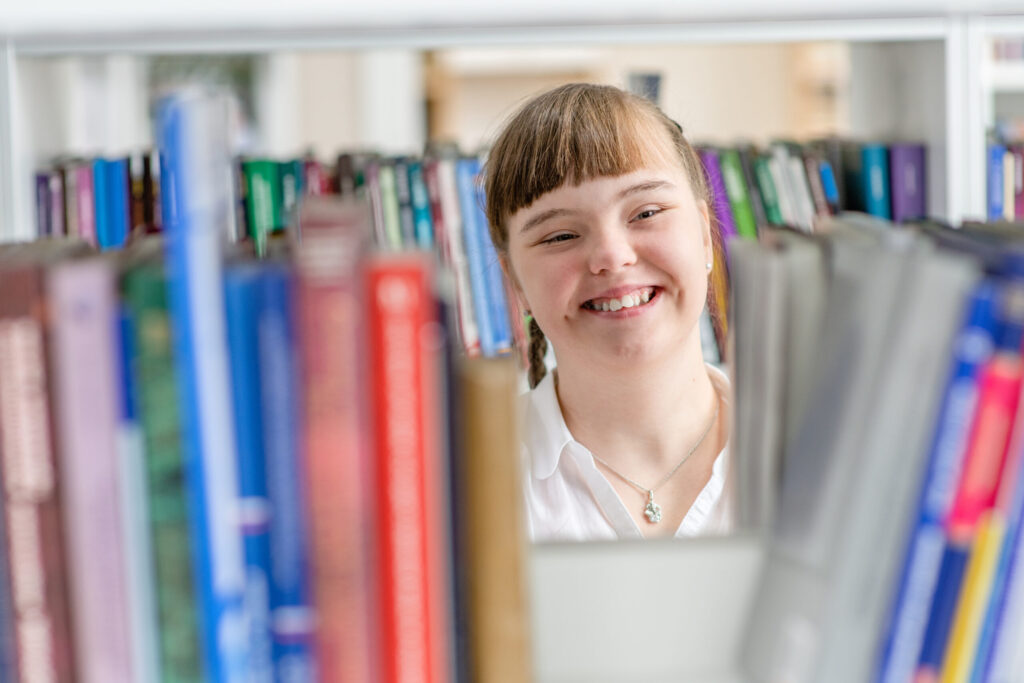
As students return to school across the U.S, it is vital to ensure that our educational settings are accessible and inclusive. By paying attention to this, schools can support quality learning experiences and ensure all aspects of education are equally available to students of all abilities. It is no secret that poor quality learning resources and environments impacts on student skill development, so access is within the best interest of schools to serve their purpose beyond the legal implications.
An updated audit can pinpoint areas for enhancement, allowing every student to flourish in a nurturing environment. Direct Access school audits are particularly useful for inspectors to understand a school’s progress in access improvements, but they also help individual students by catering to their needs, whether that’s in the design of the built environment, the adaptability of their digital learning tools, or offering communication guidance to teachers.
But what aspects of an education environment does an access auditor review? In this blog, we’ll be exploring the different criteria that our education auditors review for access and inclusion across schools.
So, let’s begin with the access points (entrances, exits, and the relevant egress strategies). Since children with disabilities are statistically more likely the dropped off by a family member or use public transport to get to school, providing clear and well-maintained accessible parking bays with terminology-appropriate signage (Accessible Parking – not “handicap” or “disabled parking”) is vital to ensure that pickups and drop-offs can happen reliably and smoothly. Any and all ramps leading into the school must be compliant in terms of their gradient size, surfaces, and handrail materials. General egress strategies such as evacuation plans must consider disability requirements before being implemented and should be reviewed on a regular basis. Additional strategies should be tailored to individual students if any of them have particular or unique requirements. Fire alarms must also have visual ques to communicate emergency situations and not just rely on audible sounds.
Although usually outside of the jurisdiction of school grounds, it is important that education providers consider whether pedestrian crossings have drop curbs to allow wheelchair users to access the school independently from a reasonable distance. This should also be considered for routes from any local transport links such as school bus drop-off points, and rectified by contacting the relevant parties where necessary. Tactile paving along all walking routes must also be implemented to help visually impaired children and parents/guardians when navigating the school exteriors and entrance points, and signage should be implemented along regular walking or driving routes. Refuge areas outside the school grounds which are used in emergency situations such as fires are also identified and reviewed for access.
So, before we have even begun to audit the site itself, there is already much to think about – in addition to what we have already listed as key areas of concern for our auditors, online instructions which detail how to find the school must be hosted on their website and social media, including in both detailed and simplified formats for cognitively disabled people. How this information is presented is also considered, as website audits are an entire world unto themselves.
Inside the school, physical elements that are considered across most built environments are again considered for education environments, such as the types of door handles used, the required strength to open certain doors, transitional lighting levels, desk and counter heights, WC handrails, wheelchair accessible lunch-tables, common room facilities such as televisions, as well as other recommendations that encourage schools to reach beyond mere compliance and offer true inclusion for students (and even teachers), such as embedding quiet and sensory spaces, sensory packs containing fidget toys and headphones for neurodivergent individuals, and neurodivergent-friendly communication boards on playgrounds which allow children to explain how they feel to adults thanks to their typical use of pictorial, non-written information.
In learning environments such as libraries and assembly halls, we encourage schools to provide a variety of seating options, including seating with and without armrests, dropped counters to accommodate students of varying heights (which is even more crucial in college and university settings), and sufficient induction loop provision.
We also look at the learning resources themselves, encouraging the provision of textbooks in accessible formats such as braille, large print, and easy read, which are especially important for individuals with cognitive or learning disabilities. This also applies to school newsletters, cafeteria menus, and other relevant written information.
Our school audits will even review the overall layout of the school’s individual areas, ensuring that the placement of amenities and points of interest are clear logical. Furthermore, we will consider how accessible the signage used to identify them are, both in terms of their wording and presentation to students and staff, with considerations for the height of signage and the use of both tactile and visual wayfinding to assist those with visual impairments. Noise levels of each area are also considered, with different solutions suggested depending on the environment.
In addition to environments students are most likely to interact with, we will also review staff facilities and staff rooms, examining the heights of kitchenettes, the positioning of tables, variety of tables, and seating.
On a technical level, our school access audits are designed to benchmark your school with relevant standards and codes to your region, allowing it be compliant with the law.
What makes our approach unique, outside of being a team comprising mostly of disabled people, is that our reports will suggest accessibility features and solutions that allow you to stand out from the crowd, borrowing from a range of sources including international industry-leading accessibility guidance, as well as our own personal experiences. By hiring Direct Access, you can rest assured that your organization will understand exactly how to offer the most inclusive experience for all people who visit your site, not just students. This will allow you to avoid non-compliance with the relevant laws and ensure that your school is an attractive choice for parents of children of all abilities.